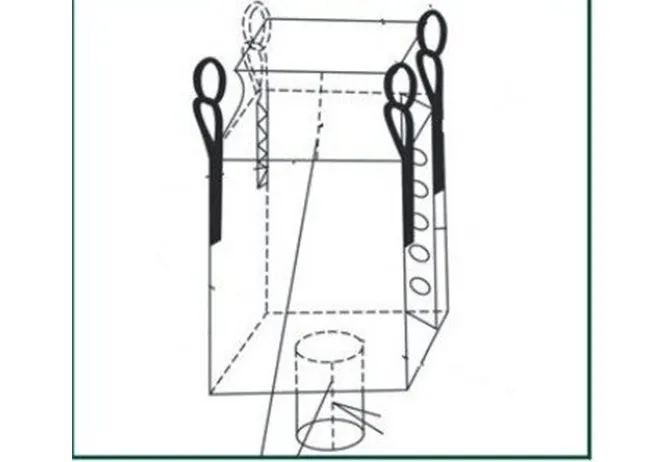what is lock stitch
What is Lock Stitch?
Lock stitch is a widely used sewing technique that plays a crucial role in garment construction and fabric crafting. It is distinguished by its unique method of creating a stitch that interlocks two threads—one from the top and one from the bottom side of the fabric. This technique has become a standard in both home sewing and industrial applications due to its effectiveness in providing durability and a clean finish.
The Mechanism of Lock Stitch
At its core, the lock stitch mechanism involves a sewing machine that operates with two threads the needle thread and the bobbin thread. The needle thread passes through the fabric from the top while the bobbin thread comes from underneath. As the needle pierces the fabric, it forms a loop and the bobbin hook catches this loop, entwining it with the bobbin thread. When the needle rises, the threads lock together, creating a secure stitch.
This method is primarily utilized in machines designed specifically for lock stitching—often referred to as sewing machines. While many might consider hand sewing, modern sewing techniques largely rely on machines for efficiency and precision. The mechanism behind lock stitches allows for tight, strong seams that resist unraveling, making it an ideal choice for assembling garments, quilting, and various fabric crafts.
Advantages of Lock Stitch
One of the primary advantages of lock stitch is its strength. This type of stitch is less likely to come undone under tension compared to other types, such as chain stitch. This is particularly important in items that undergo significant stress, like seams in trousers or shirts. Additionally, lock stitch provides a neat appearance on both the top and bottom of the sewn fabric, which is often a key consideration for garment manufacturers who aim for a polished finish.
what is lock stitch

Moreover, lock stitches are highly versatile. They can be adjusted for different fabric weights and types, making it suitable for everything from delicate silks to heavy denim. The possibility to modify stitch length and tension allows creativeness in sewing, letting crafters achieve various decorative and utilitarian effects.
Variations and Applications
Lock stitch is not just limited to apparel production. It is found in various sectors, including upholstery, leather goods manufacturing, and even in crafting areas such as quilting and DIY projects at home. There are different variations of lock stitches, such as the double-lock stitch, which adds extra security and is often used in heavy-duty applications.
Sewing enthusiasts often appreciate the ease of use that comes with lock stitch machines. Many home sewing machines come equipped with lock stitching capabilities, making it accessible to beginners while offering advanced features for experienced sewists.
Conclusion
In summary, lock stitch is an integral component of modern sewing practices, combining simplicity with strength and versatility. It remains immensely popular among both professionals and hobbyists, enabling them to create quality fabric items that stand the test of time. Understanding the intricacies of lock stitching not only enhances one’s sewing skills but also opens up a wide array of creative possibilities in the fabric arts. Whether you're a seasoned tailor or a novice crafter, mastering the lock stitch technique can greatly enhance your sewing projects and lead to beautifully finished products.
-
Industrial Cylinder Arm Sewing Machine: Revolutionizing Heavy-Duty SewingNewsJul.28,2025
-
Cylinder Arm Sewing Machine: Perfect for Special Sewing ApplicationsNewsJul.28,2025
-
Cylinder Bed Sewing Machine: Essential for Sewing Complex MaterialsNewsJul.28,2025
-
Heavy Duty Sewing Machine: The Essential Tool for Industrial ApplicationsNewsJul.28,2025
-
Computerized Pattern Sewing Machine: Revolutionizing Precision StitchingNewsJul.28,2025
-
Heavy Duty Industrial Sewing Machine: Power Meets PrecisionNewsJul.28,2025
-
Leather Sewing Machine: The Industrial Standard for Tough MaterialsNewsJul.18,2025





























